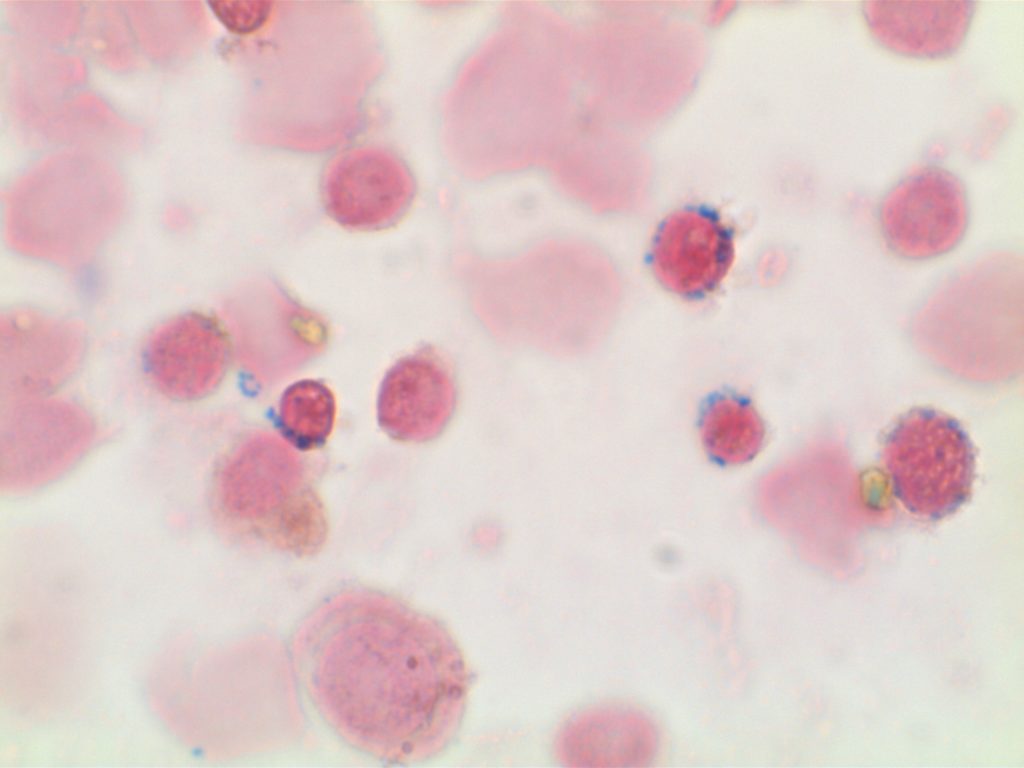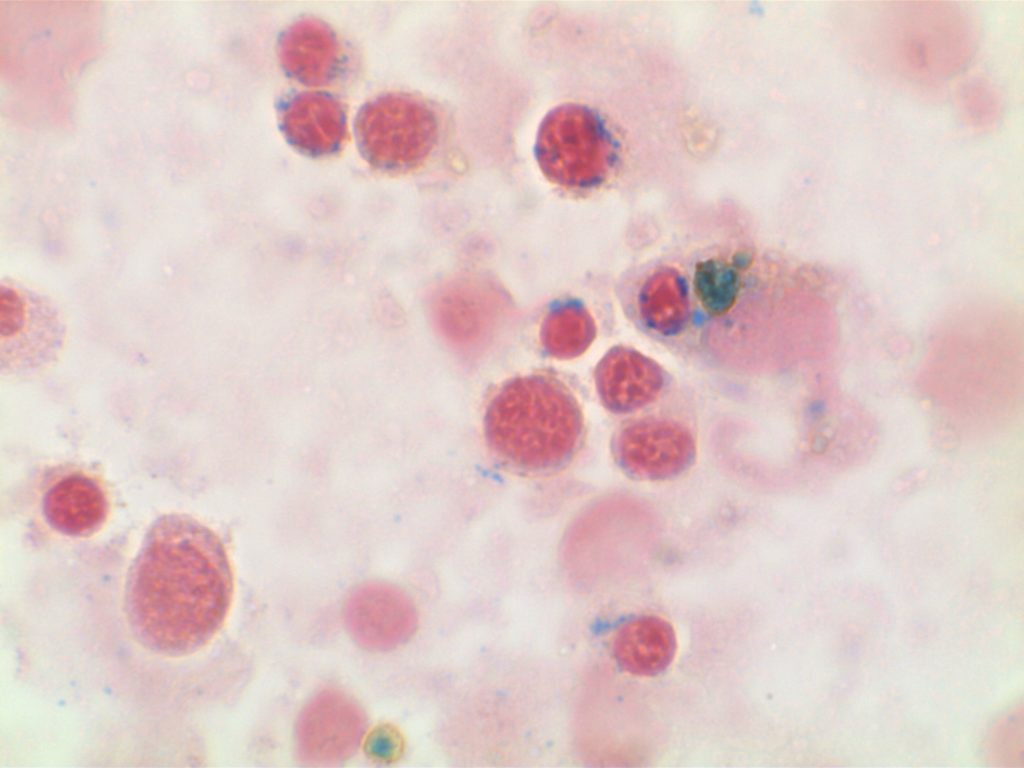Make sure to subscribe to PathMD to stay up to date with new content and features!!
Make sure to subscribe to PathMD to stay up to date with new content and features!!
If a CSF3R mutation is NOT identified, the diagnosis of CNL can still be made if other reactive causes are excluded or other evidence of clonality is identified (persistent for at least 3 months). Continue reading Chronic Neutrophilic Leukemia (CNL)


Continue reading Xp11.2 Translocation Associated Renal Cell Carcinoma